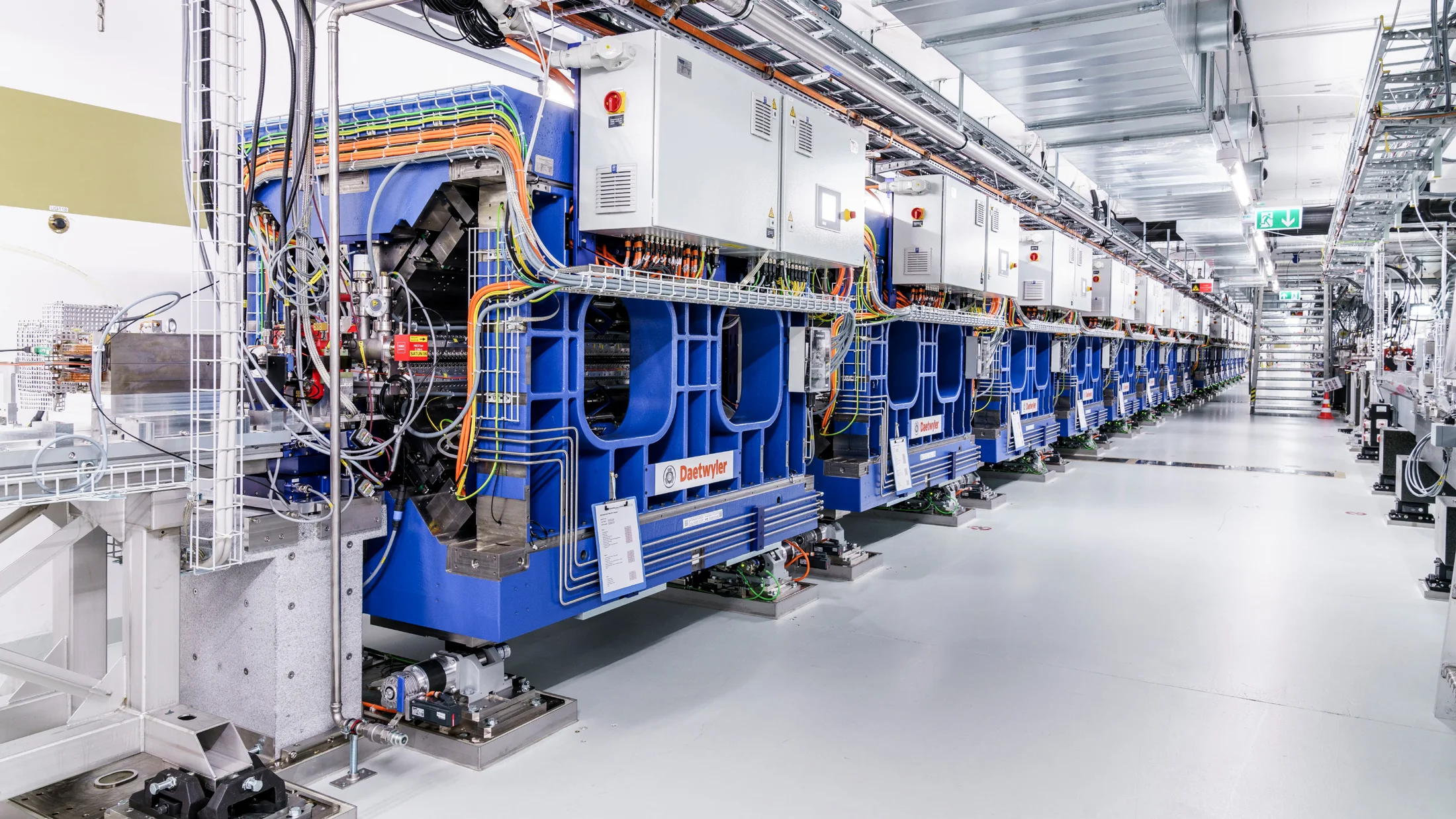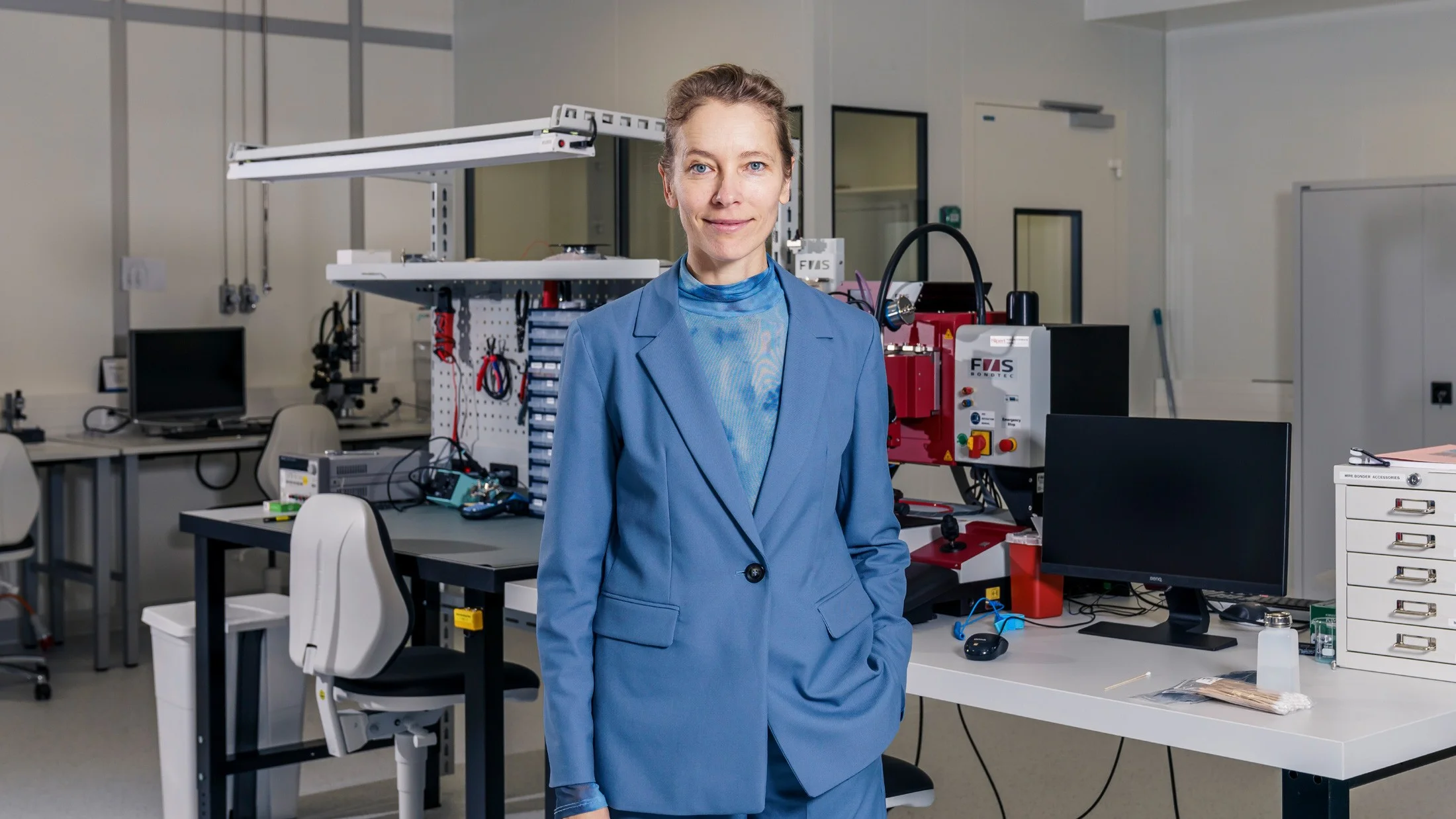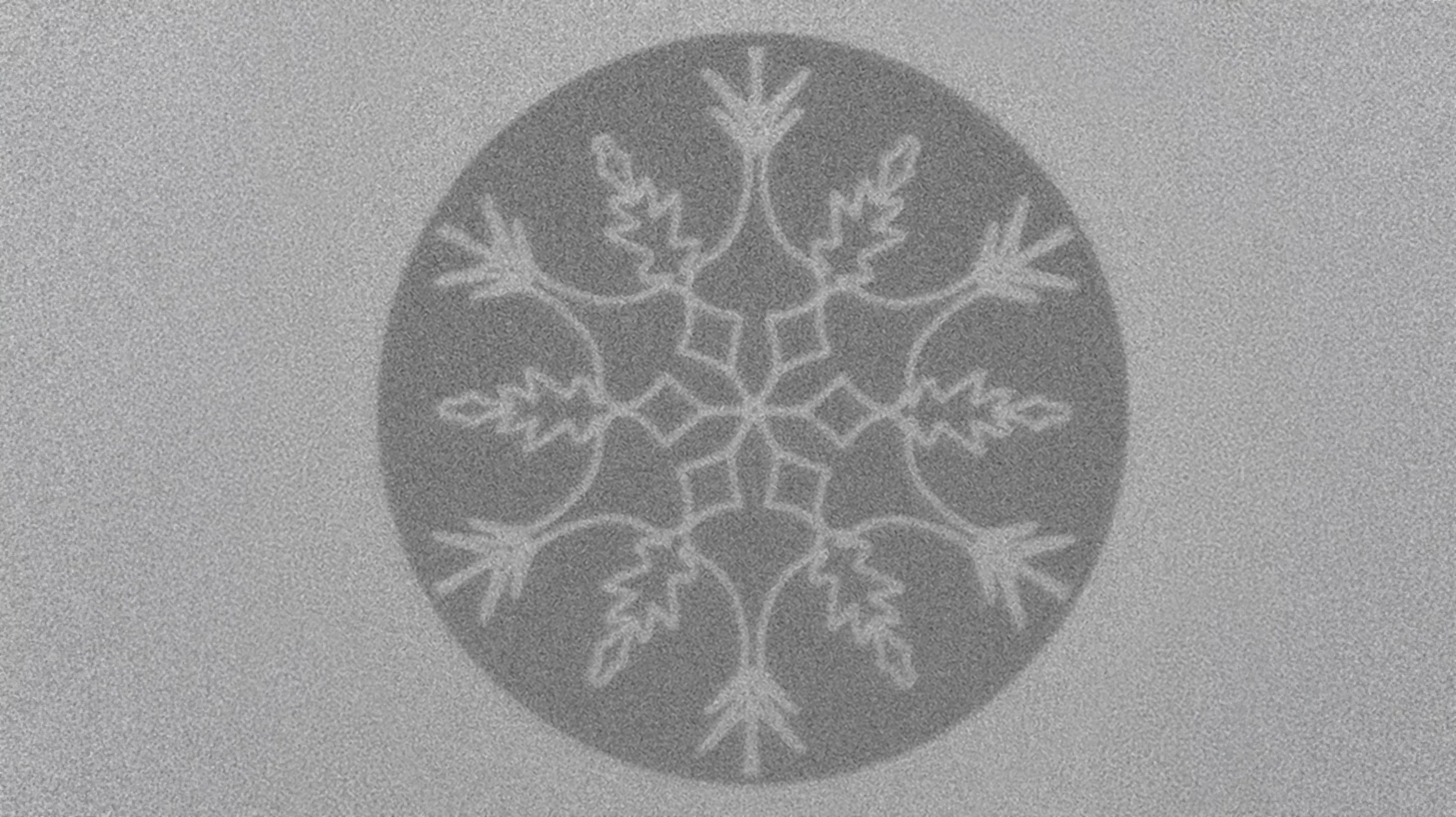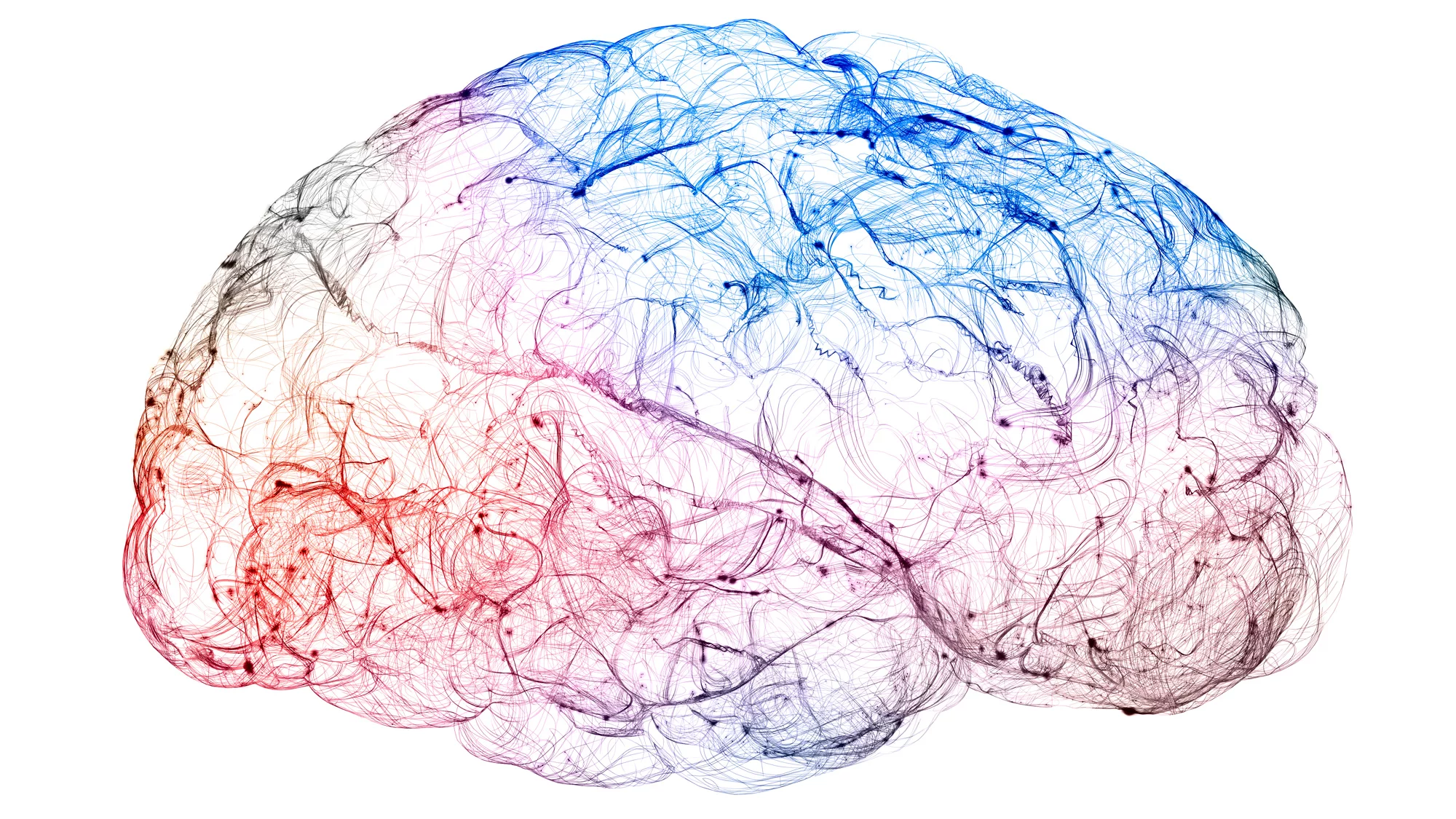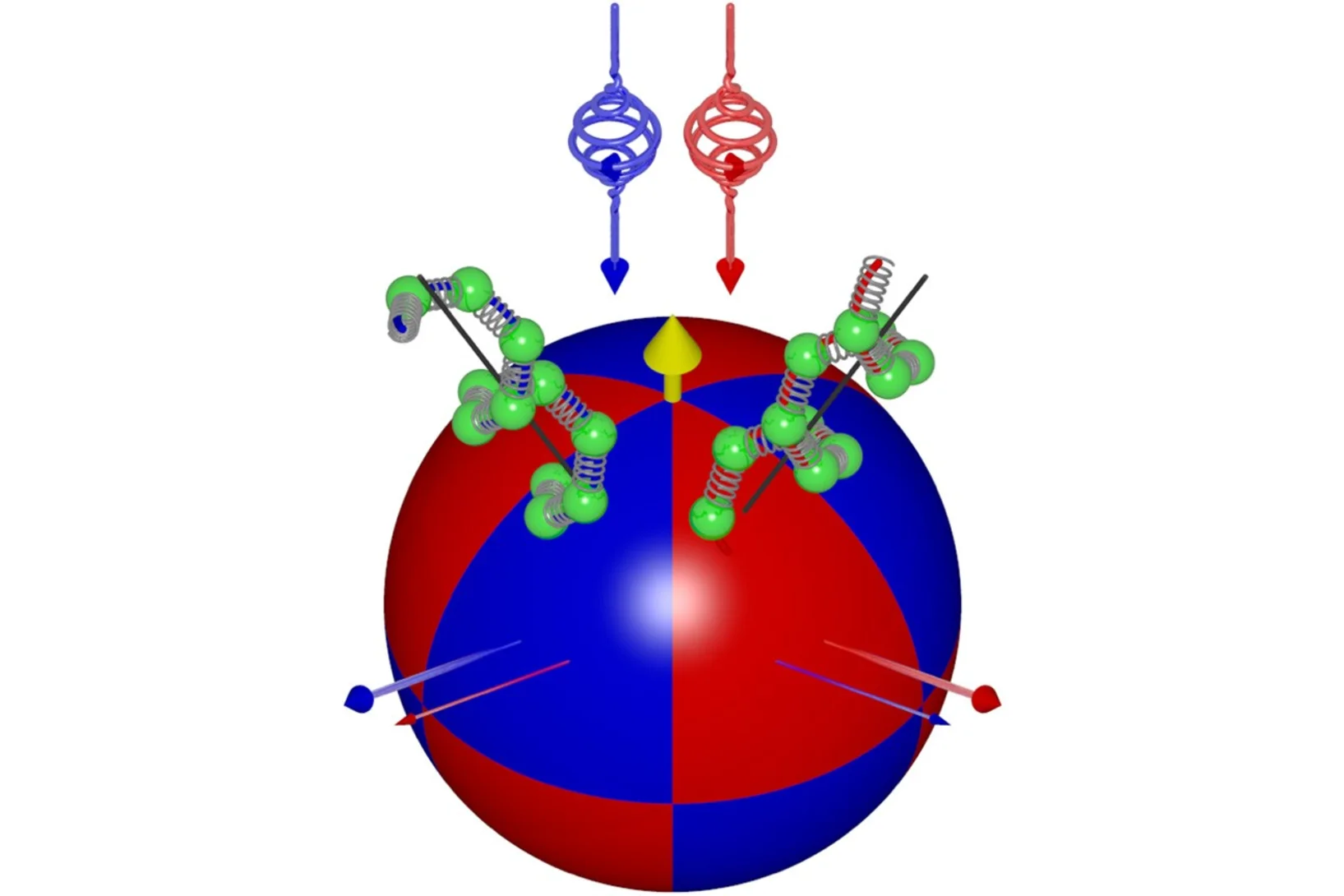The intense beams of X-ray light at the user facilities operated by the PSI Center for Photon Science shed light on the smallest structures of matter.
Lab News & Scientific Highlights
Chiral phonons in polar LiNbO3
Resonant inelastic x-ray scattering reveals that lattice vibrations can be chiral in a polar material, with phonons having opposite handedness depending on their direction in momentum space.
Swiss PIC technology transfer centre is inaugurated
Jointly founded by scientific and industrial partners with PSI researchers: the Swiss Photonics Integration Center celebrated its inauguration on 24 November 2025.
Unravelling the coexistence of insulating and metallic-like excitations in SrIrO₃
A team led by researchers from the Paul Scherrer Institute PSI used resonant inelastic X-ray scattering to probe spin and charge fluctuations in atomically engineered SrIrO₃. The results revealed that insulator-like and metallic-like modes can simultaneously emerge in a correlated 5d semimetal, advancing the understanding of “strange metal” behaviour in spin–orbit coupled systems.


